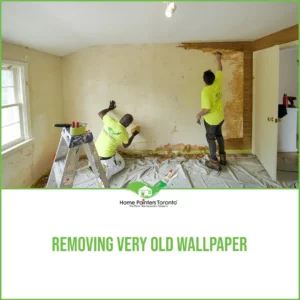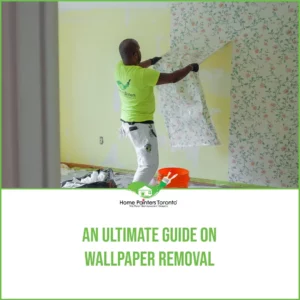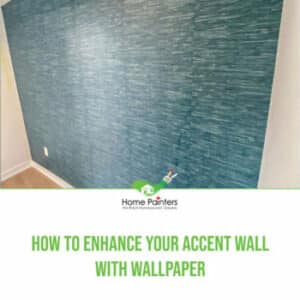
To remove wallpaper can be time-consuming and a little tricky. With the wrong preparation, everything can go downhill instantly. However, removing wallpaper can be simple if you have the necessary materials and some elbow grease to do the job efficiently. Approximately two decades ago, having wallpaper in your home was the trend, but it’s not in every home anymore. It depends on your taste today, but you might want to remove wallpaper and turn towards professional house painters for some new interior painting. With a few tips provided to you, removing wallpaper can be done with little effort. You know how the old saying goes: what goes up must come down!
Wallpaper Removal Hacks for an Easy DIY Home Makeover
Removing wallpaper may feel like an uphill task, but with the right hacks, you can ease the process and prepare your walls for fresh paint or new wallpaper. Here are some effective wallpaper removal hacks that can make your DIY home makeover simpler, faster, and more enjoyable.
1. Use A Steamer
A steamer is one of the most effective ways to loosen stubborn wallpaper. The heat and moisture from the steam ease the adhesive that holds the paper to the wall, allowing you to peel it away with minimal effort.
2. Try Fabric Softener
Surprisingly, household items such as fabric softeners can also aid in wallpaper removal. Mix fabric softener with warm water in a 1:1 ratio, and apply this mixture to your wallpaper. Let it soak for about 20 minutes, and you’ll find it easier to scrape off.
3. Employ a Scoring Tool
A wallpaper scoring tool is an inexpensive but effective tool that can be found at any hardware store. It creates tiny perforations in the wallpaper, allowing your stripper solution or steam to penetrate better and loosen the adhesive.
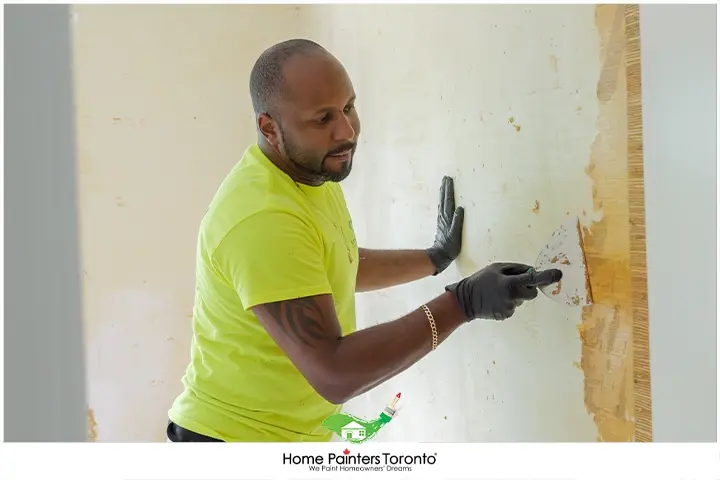
4. Go with Vinegar
Another naturally-effective stripping solution is a mix of equal parts white vinegar and hot water. The acid in the vinegar helps break down wallpaper glue. Spray this mixture onto the wallpaper, let it sit, and then peel it off.
5. Use a Putty Knife
A broad putty knife can be more effective for scraping wallpaper than traditional small scrapers. The wider edge covers more area and reduces the chance of wall damage.
6. Don’t Neglect to Prep
The key to good wallpaper removal is preparation. Protect your floors and furniture with drop cloths, and disconnect and cover all electrical outlets before starting to ensure a safe and mess-free removal process.
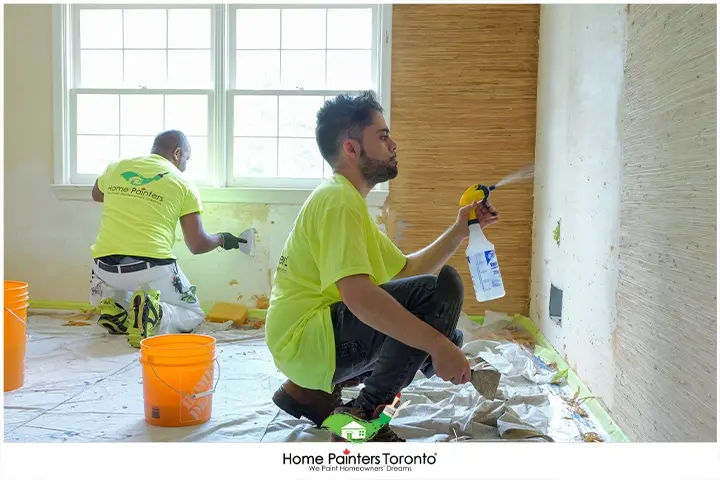
7. Do a Clean Sweep
Once you have removed the wallpaper, use warm water and a sponge to wipe down the walls and remove any leftover adhesive. This step is critical in preparing your wall for its new look.
Remember, patience is key when removing wallpaper. Rushing the job can lead to wall damage or leftover residue, making it more difficult to apply new wallpaper or paint. These hacks can greatly simplify the process and ensure you are left with a clean slate for your new wall décor.
How Do Professionals Remove Wallpaper
The Necessary Materials to Remove Wallpaper:
- Scraper
- Screwdriver
- Pressure sprayer
- Vinegar
- Fabric softener
- Safety glasses
- Painter’s tape and plastic tarp
- Rigid putty knife (5 inches)
- Wallpaper scoring tool
- Hot water from kettle
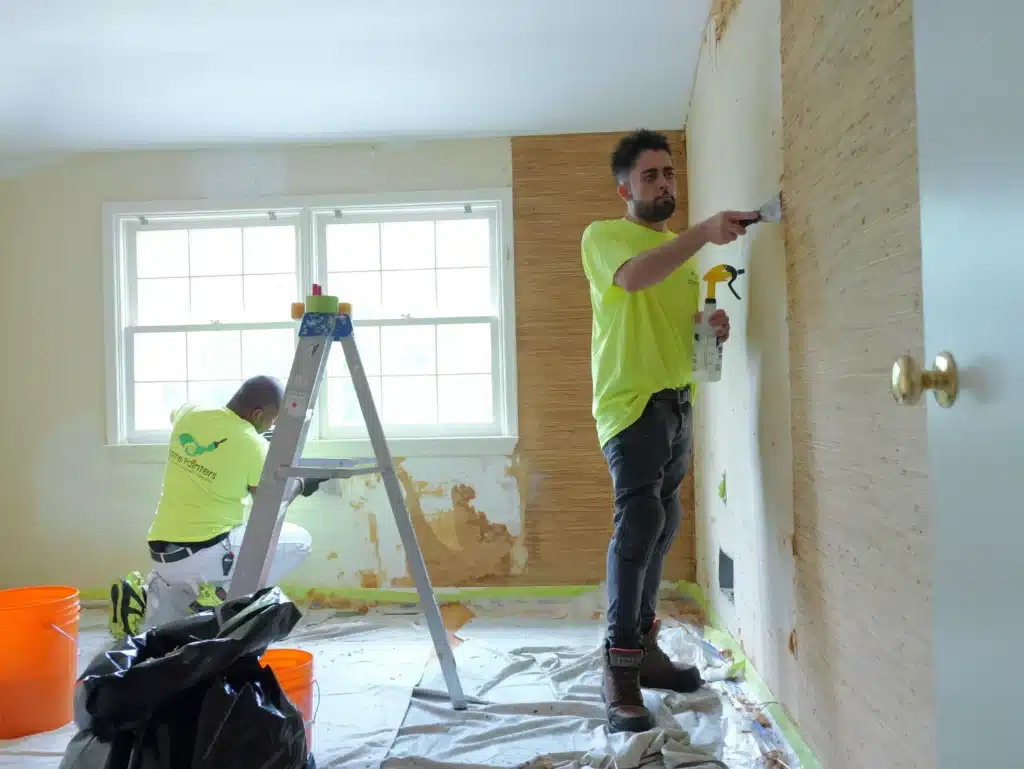
Step #1: Protection is Key
It is a natural feeling to want to start doing your work right away, but preparation is vital. The same thing goes for removing wallpaper. Before beginning that process, you must protect your floor from unnecessary damage. Since you’ll be spraying water on your walls during the wallpaper removal, use a painter’s plastic tarp on the floor with the painter’s tape securing it. In addition, covering all your electrical outlets present is of utmost importance. Leave the outlet cover and protect that area with painter’s tape. When the wallpaper is removed, return to the outlet and remove the pieces under the outlet cover.
Step #2: Using your Tools to Remove Wallpaper
With renovating your home, comes multiple options to choose from. The same thing goes for wallpaper. There are various types of wallpaper, from vinyl coated to bamboo. The inner layer consists of paper usually, while the outer layer consists of textile, bamboo, or vinyl paper. You will need to use your large putty knife or a scraper.
Once you find an edge of the wallpaper, slowly pry it up with your scraper. Then, peel the wallpaper down or scrape it off, whatever works best in your situation. If it is fairly tricky for your wallpaper to come off in sheets, but if it does, you really get lucky!
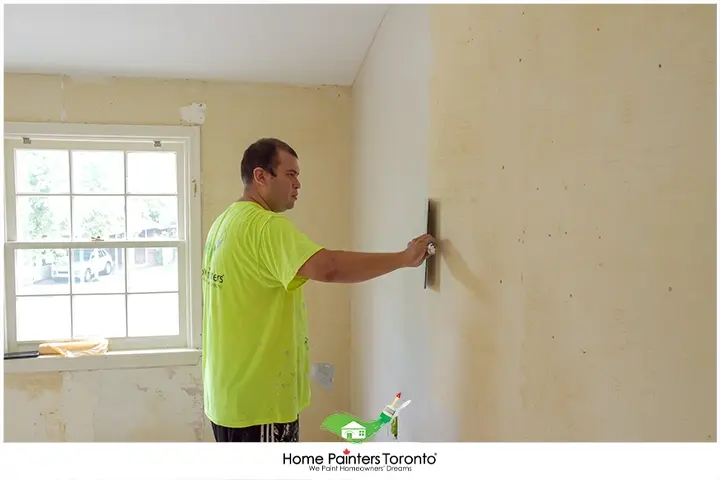
Step #3: Hot Water Solution
You must apply a hot water solution to make the wallpaper removal easier. Most wallpaper, except vinyl papers, are more soluble than others because they repel water. To prepare for any situation, invest in some inexpensive wallpaper scoring tool.
A wallpaper scoring tool will slightly enter the wallpaper’s outside layer, allowing the hot water solution to probe into the adhesive. This will also begin loosening the wallpaper hold on the wall. Lightly run the scoring tool on the entire wall. It is vital not to exert too much pressure if the scoring tool makes a hole through the paper and into the plaster. This will cause you to exhort even more energy into fixing the mistake rather than removing the wallpaper, which is the primary goal.
Step #4: Mix the Hot Water Solution
Once you have run the wallpaper scoring tool over the entire surface, apply the hot water solution. Two types of homemade wallpaper removal situations can make this process a whole lot easier for you:
- Solution #1: 1/3 vinegar to 2/3 hot water
- Solution #2: 1/4 fabric softener to 3/4 hot water
Although both solutions will work for your wallpaper removal process, hot water is the key ingredient. Regardless of what solution you choose, mix the hot water using a kettle or tap water in a household pressure sprayer. With your electrical outlets and floor protection, you can begin wetting the walls. You should wear safety goggles to protect your eyes from being hit with water. Also, have a garbage can nearby so that when the wallpaper pieces start peeling, you can place them directly in there. Small preparation stuff like that can help you save valuable time on cleanup tasks. Lastly, when all the pieces fall slowly, your painter’s trap will catch them, making your cleanup process even more accessible.
Step #5: Remove Wallpaper by Scraping it Off
Now is the time to apply hot water solution to your intended surface with your pressure sprayer. You should wait two to three minutes for the solution to work successfully for the best results. Then, place your scraper in the corner of the wet wallpaper off in sheets. When large pieces come falling off, keep your garbage can handy. Continue working the entire surface while damp. Don’t be alarmed when some pieces of wallpaper dry up, making it difficult to take off. Just ignore it for now and focus on the wetter pieces.
When most of the wet paper is removed, repeat the process so that all the paper is entirely handled. You should follow this process: spray, wait, and scrape. Remember the electric outlets? If you do, good job. Now, you’ll need to turn off the power to the outlet to protect yourself from electrical shock. Remove the painter’s tape on the surrounding area and use a screwdriver to detach the cover. Then, if you have to, wet the area with a dish rag soaked in the hot water solution. Wait a few minutes, then proceed to scrape off the wallpaper.
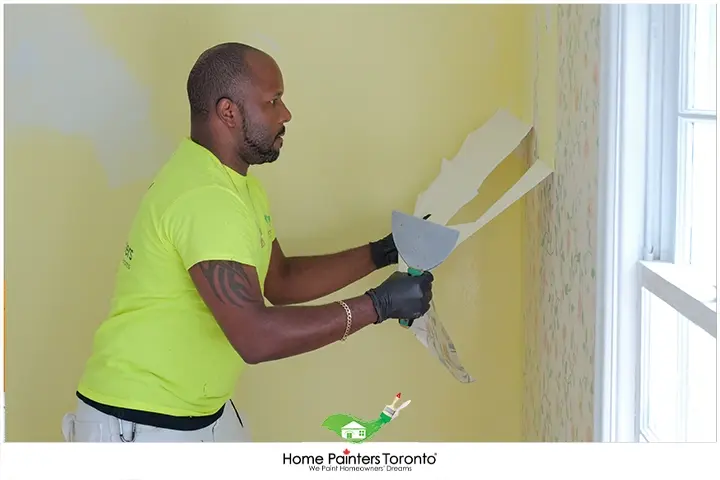
Step #6: Final Steps To Remove Wallpaper
When you have removed all the wallpaper, there will be some adhesive left on the wall, but do not panic. You can remove it by continuing these steps: spray, wait, and scrape. If you do that, the remaining bits of adhesive will be detached. Use your wet dish rag to wipe down the entire surface to be super smooth. There you have it: the old is gone, and the new is in! You might want to use an oil-based primer to give your wall a fresh and attractive look.
Remember, removing wallpaper is a time-consuming process, requiring patience and careful handling to protect the condition of your walls. If you feel this task is too demanding, consider hiring Toronto wallpaper professionals.
Whether you opt for DIY or professional help, successful wallpaper removal is the first step toward your new, refreshed living space.
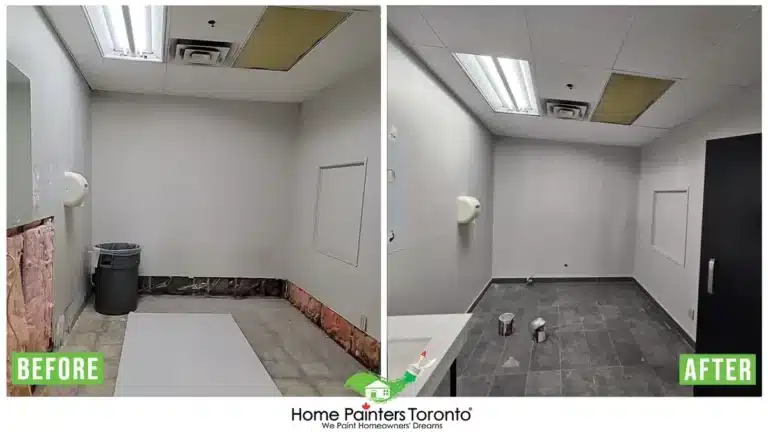
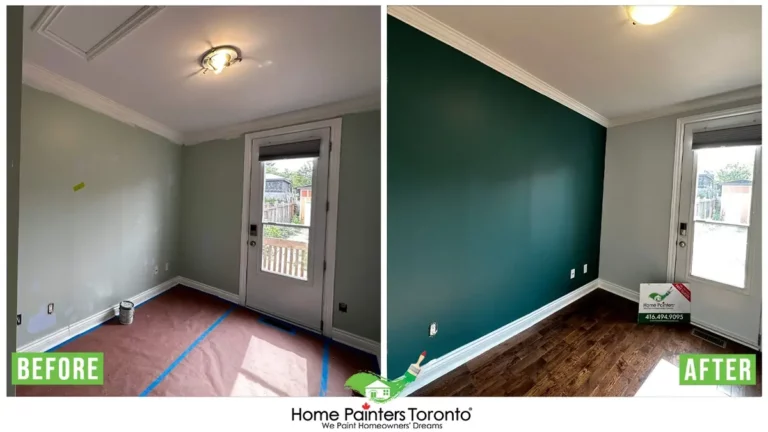
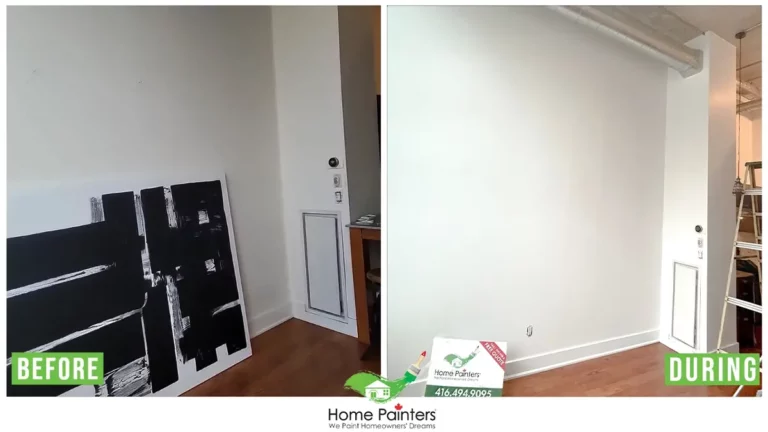
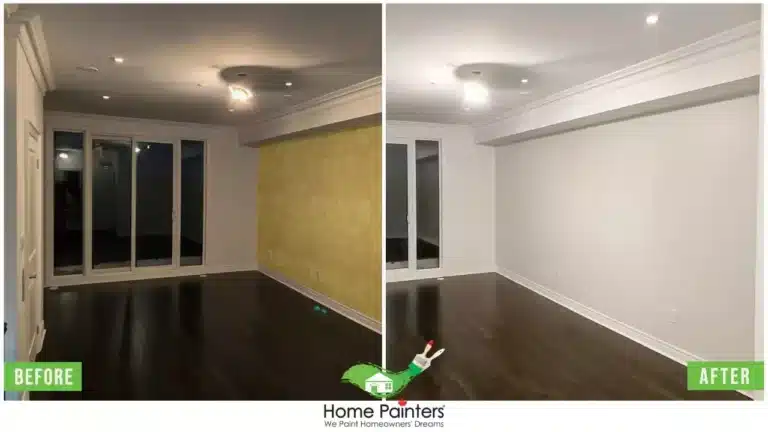
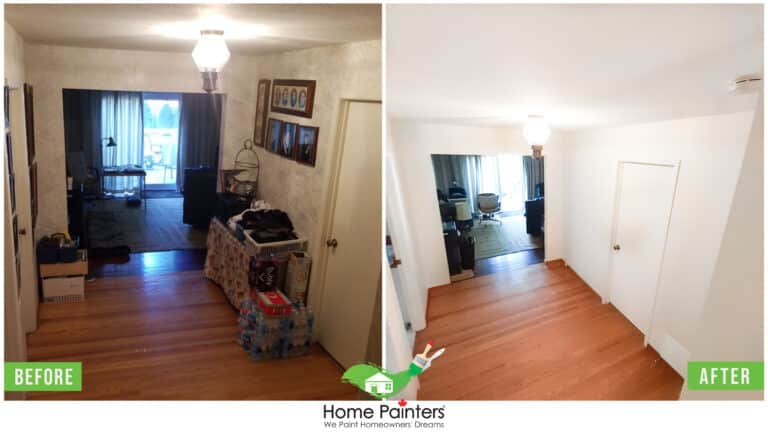
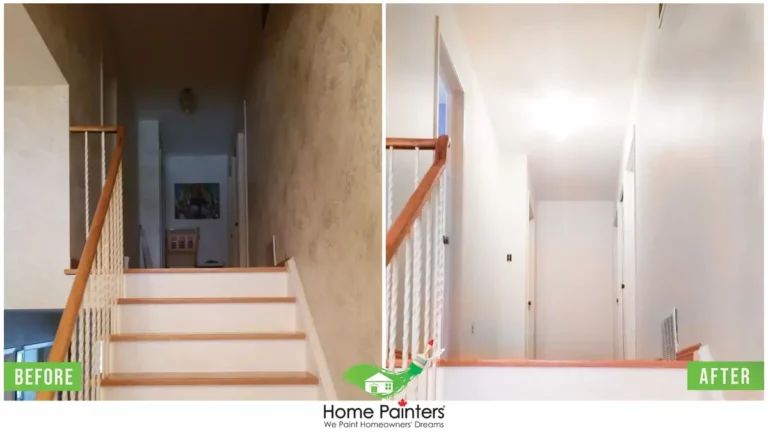
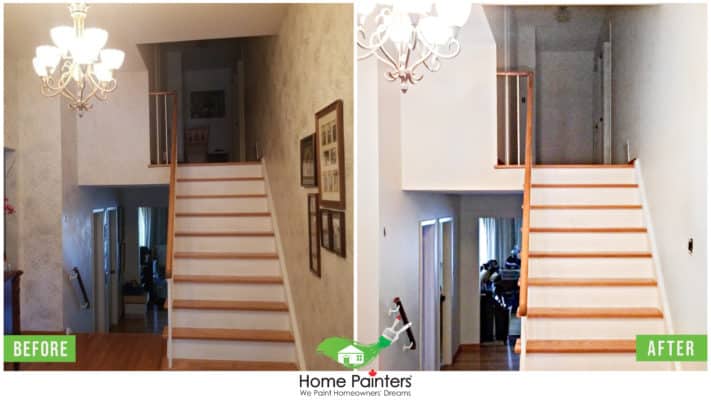
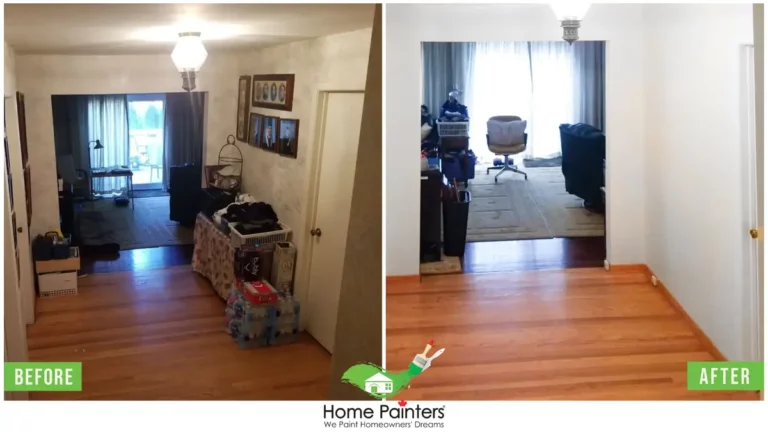
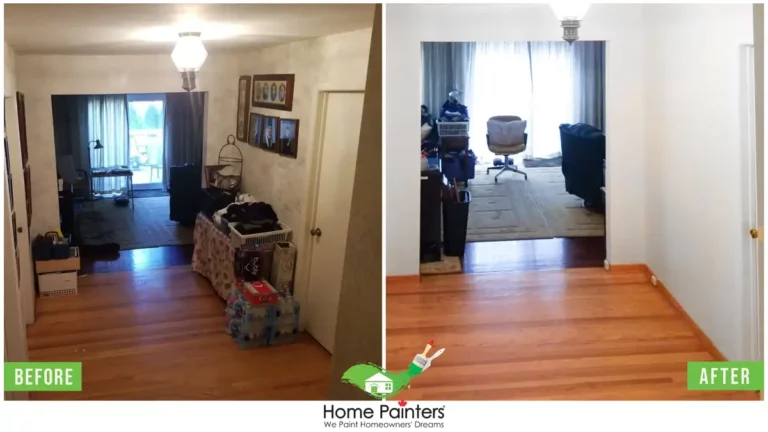
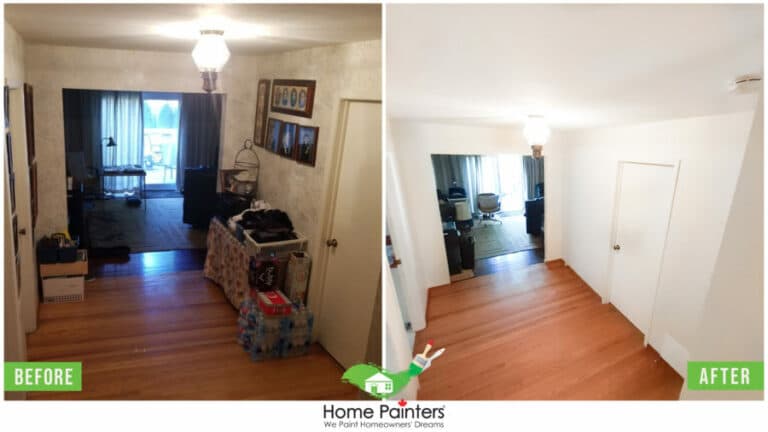
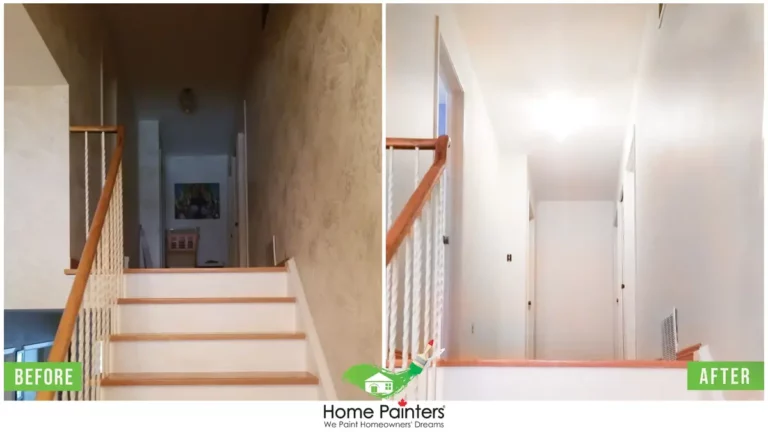
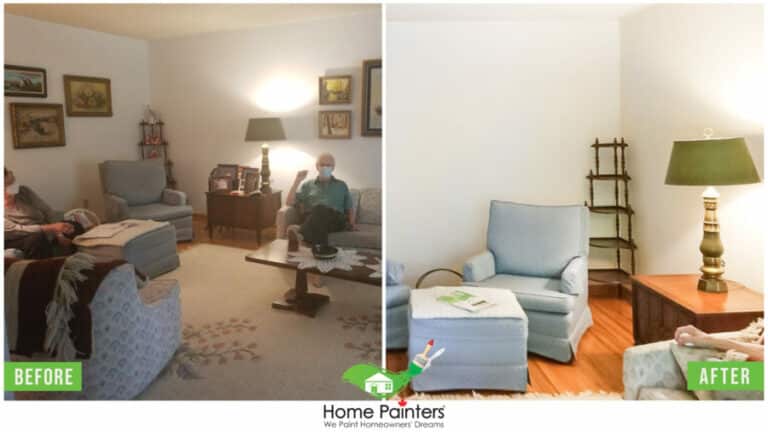
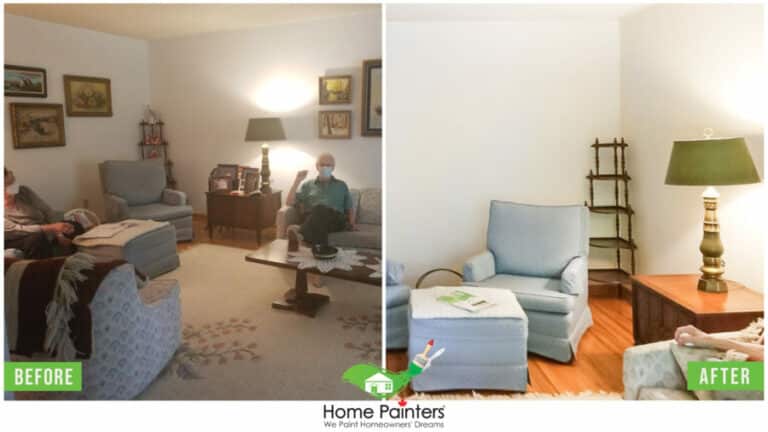
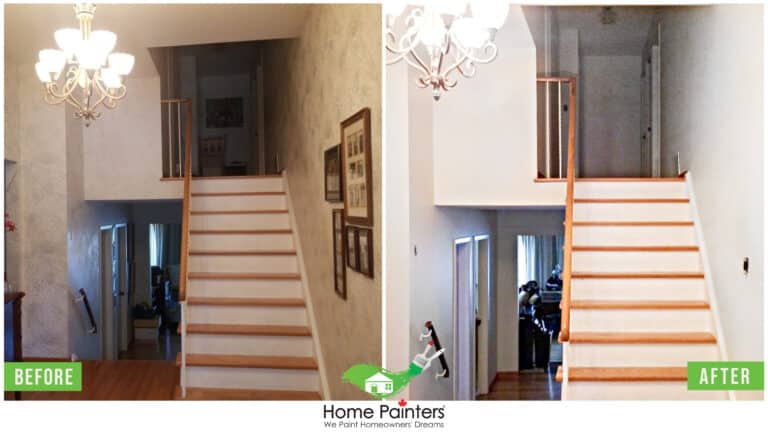
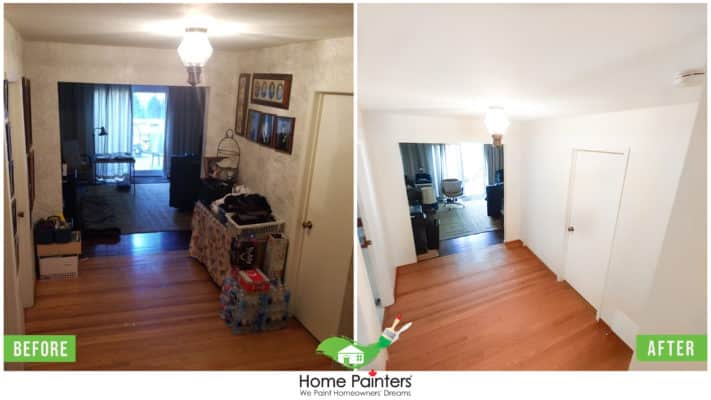
More interesting blogs related to
“TOP TIPS TO REMOVE WALLPAPER”
If the work involved in removing wallpaper sounds like it involves too much time and energy to do yourself, get some professional house painters in to do the job! Call 416.494.9095 or email [email protected] for a FREE quote. And don’t forget to follow us on all our social channels below!


